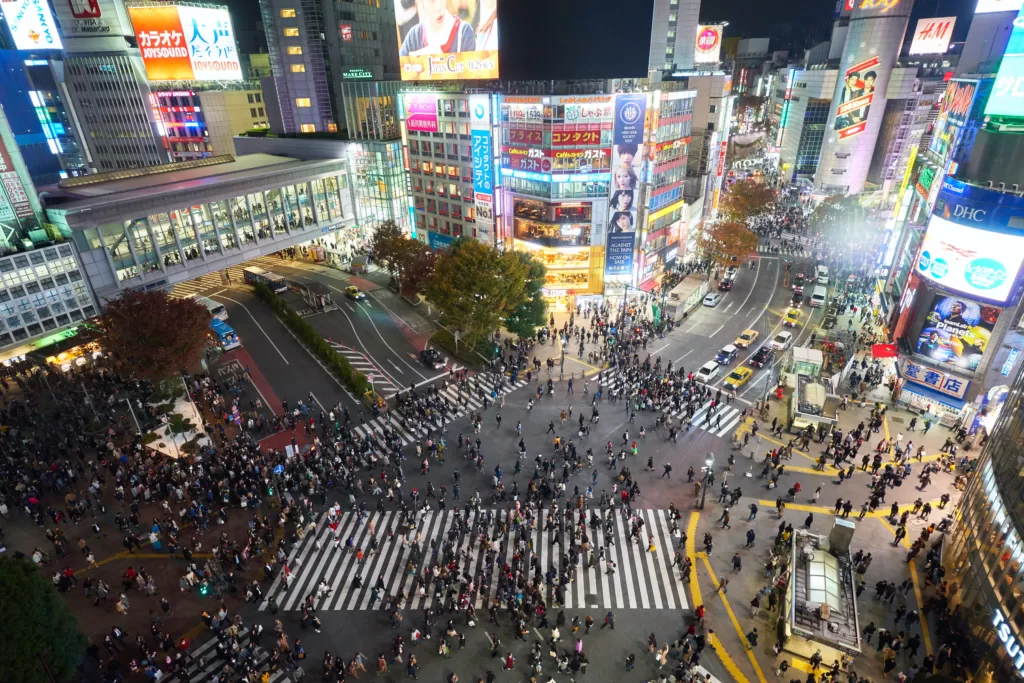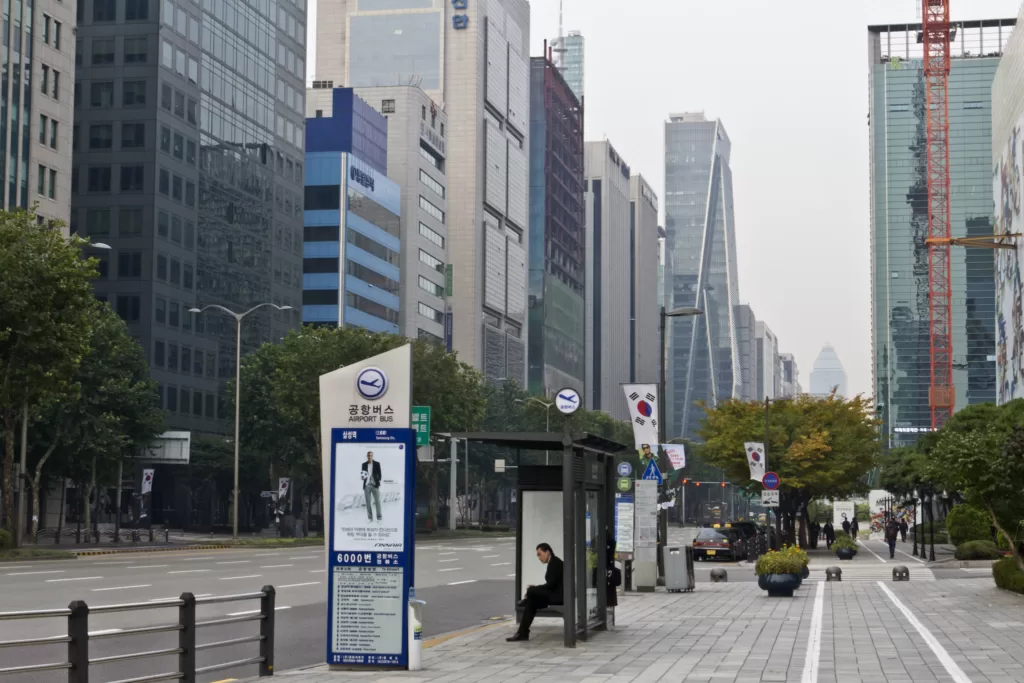Japan’s industrial policy has been a blueprint for Asian nations, but many skip over the important context that made it all become a reality.

Japan’s industrial policy has been a blueprint for Asian nations, but many skip over the important context that made it all become a reality.
In Japan, political dynasties remain, but business dynasties are less closely tied to politics than in some Asian countries today.
Over the past century, a string of major economic reforms have shaken the balance of economic power within Japan and kept the economy innovating, responding to the challenges of the time.
Japan’s pathway offers a case study for other Asian nations to learn from as the regional business and political landscape shifts.
Business groups, known as zaibatsu, have taken hold of the Japanese economy since the early 20th century. These zaibatsu were formed by prominent families, such as Iwasaki (founder of Mitsubishi) and Yasuda, exploiting business opportunities arising from industrialisation since the Meiji restoration in 1868.
In each business group, a family-controlled pure holding company owned a wide range of companies in banking and insurance, mining, shipbuilding, chemicals, iron and steel and textiles.
Similar to other Asian economies today, these zaibatsu groups wielded more than just economic power. They were also managed by business elites who had an explicit purpose to influence politics by maintaining connections with the state, political parties and politicians.
A combination of political connections and structural power led to economic concentration in Japan: the top 1 percent of Japanese adults accounted for around 20 percent of total national income, and the top 10 percent for 60 percent, in the early 20th century.
It took an unconditional surrender in World War Two to dismantle this economic and political structure of concentration. Supreme Commander of Allied Powers, US General Douglas MacArthur, applied Franklin Roosevelt’s 1930s New Deal policies to a Japan devastated by the war and hyper-inflation, with the aim of democratising the country and preventing it from becoming an aggressor ever again.
Headlining the reform package were land reforms, universal education, establishing labour rights, heavy property taxes and dissolving zaibatsu groups. The practice of tying family assets to business groups ceased and holding companies were banned.
In 1947 the establishment of pure holding companies was outlawed. The key narrative drove home the need to eliminate the political tentacles of the zaibatsu groups whose wealth fuelled Japan’s war effort.
These policies resulted in high social mobility, a meritocratic hiring system in public and private sectors, and a more equal distribution of income and wealth.
The share of national income held by the top 10 percent fell to 3 percent and the share by the top 1 percent halved to 11 percent. Japan became a member of OECD in 1964, and has remained a country with a relatively equal income distribution, similar to Scandinavian countries.
Japan more than doubled its average income during the 1960s and became the second largest economy in the world after the US in 1968. “Asian tiger” nations — notably South Korea and Taiwan — emulated Japan’s growth model with its powerful Ministry of International Trade and Industry bureaucrats implementing industrial policy.
But by the late 1990s, with the “lost decade” of stagnant growth, the Japanese government decided to stimulate growth with the Japanese version of the financial “Big Bang”.
It lifted the five decade ban on using holding companies in 1997.
In the wake of the Asian financial crisis, Japanese banks and insurance companies led the way to establish holding companies to accelerate their restructuring efforts. By 2015, there were 485 holding companies spread across the economy, in wholesale and retail trade and manufacturing.
Income inequality has risen since the 1990s, and the proliferation of holding companies might have contributed to it, but it may not be the only thing to blame.
Abenomics, the economic approach of former Prime Minister Shinzo Abe, brought corporate governance reforms to enhance shareholder right protection, reducing corporation tax, and increasing consumption tax, contributed to a gradual shift in income share away from labour towards shareholding investors.
Newer Japanese entrepreneurs hold considerable wealth: Uniqlo founder Tadashi Yanai is estimated to be worth USD$36.2 billion, and Masayoshi Son, founder of Softbank with its business groups and venture funds, is worth USD$19 billion, comparable to the net worth of Alibaba founder Jack Ma (estimated to be USD$24.5bn).
But these high net-worth individuals tend to keep out of domestic politics. Japan is no stranger to pork barrel politics and corruption, but large corporations as the export-driven engine of growth for the Japanese economy have coordinated more with government bureaucracies than with politicians.
A commitment to redistribute income appears to be here to stay. Japan has a relatively high income-tax rate for the rich (45 percent) and an inheritance tax rate of 55 percent. The current Kishida government is unlikely to reverse this course in the process of considering ways of implementing its vision of “new capitalism”.
Japan presents an example of an Asian country that adopted drastic policies — notably, banning pure holding companies and the expropriation of family wealth via the dissolution of zaibatsu and land reform — with a lasting impact on its economic and political landscape.
Japan became a growth model for Asian tigers, which copied the Ministry of International Trade and Industry’s policy of the 1950s and 60s. But one tends to skirt over the fact that this model of state-directed resource allocation took place after the drastic policies in the late 1940s to dismantle economic concentration and political connections that went with it.
It may take a huge exogenous shock (such as the Great Depression or a world war) and a non-trivial change to rules to reset the social fabric of an economy in the process of nation building.
Nation building at the start may benefit from close ties between business and political elites. When rules are changed later to re-facilitate the holding company format, a 50 year ban may have been enough to prevent a reconstitution of the “old” format in its essential form.
And one essence that has not re-emerged is the concentration of family wealth by business dynasties and their connection to politics.
Mari Sako is Professor of Management Studies at Said Business School, University of Oxford.
Originally published under Creative Commons by 360info™.
Editors Note: In the story “Asian capitalism” sent at: 10/05/2023 11:49.
This is a corrected repeat.











